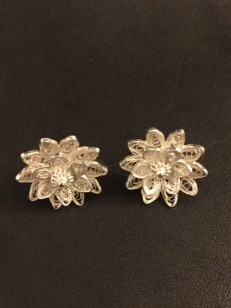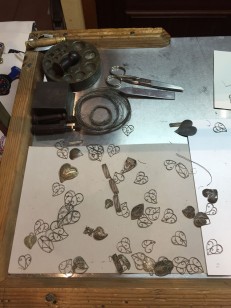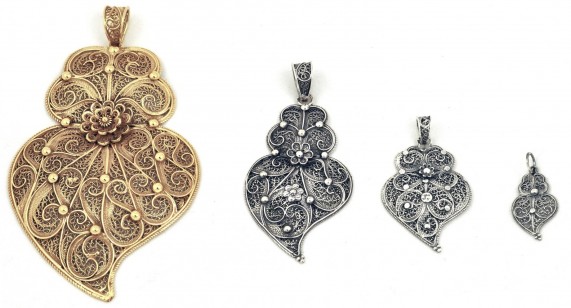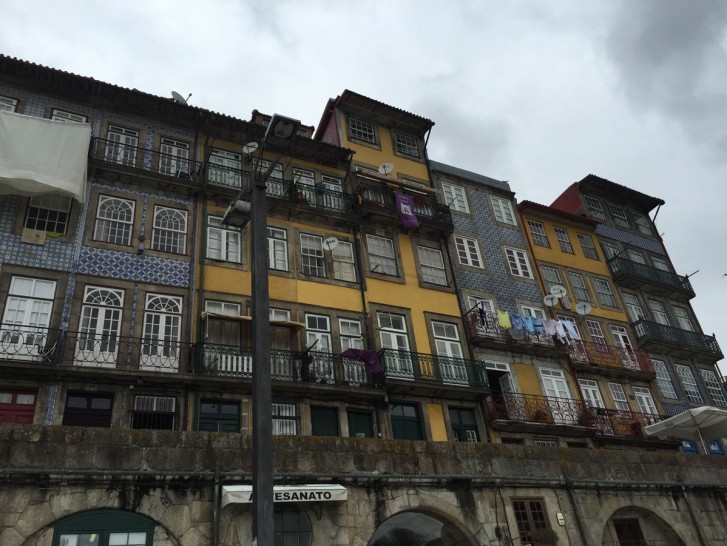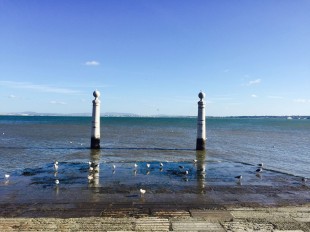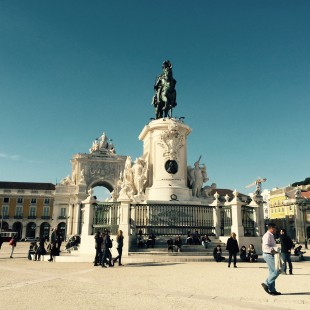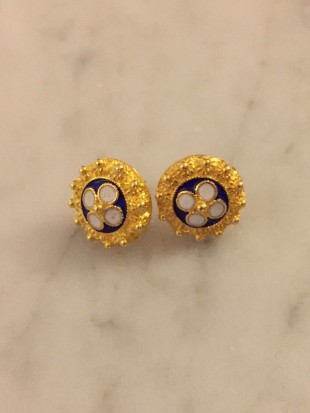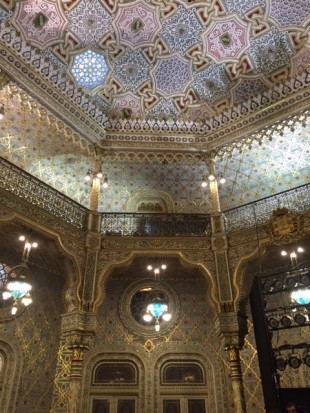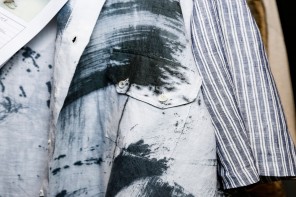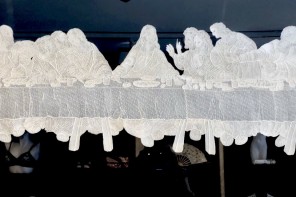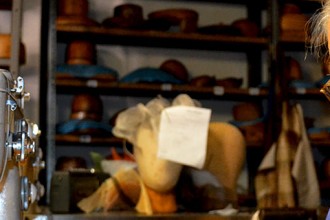LISBON–Lining the white-washed cobblestone streets of Lisbon’s Rua Aurea are rows of jewelry stores showcasing intricate filigree or filigrana earrings and pendants, traditional adornments worn by Portuguese artistocrats of colonial times and by women of the northwest Minho region.
In Porto, O Cantaro, is a tiny shop on Rua da Lada, in the financial city’s Ribeira, a river-side promenade made up of medieval streets and hidden alleyways. The Oliveira family has been there since 1993 making jewelry inside the shop.
Some of the most characteristic pieces sold at O Cantaro are typical of the Portuguese filigree tradition: the heart, the Maltese Cross and the ship. Smaller pins and stud earrings are priced at about EUR20 while larger, more intricate chandelier ones are priced at about EUR200. Elsewhere, large sculptures are priced as high as EUR5,000.
The origins of filigree are unclear. Some believe that the art came from China or India, a region discovered by Portuguese explorer Dom Vasco da Gama, the first European to reach its shores by sea. Some believe that the technique dates back to about 3000 BC and was brought to Portugal by the Moors.
Enduring the test of time and globalization, the filigree craft continues the same process of melting the gold or oxidized silver in inferno-hot ovens and pressing the warm metal into string. It is then worked meticulously by artisans through weaving, coiling methods and beading.
While similar to the Italian tradition, that traces its roots back to Etruscan times, the Portuguese continue to celebrate and protect the tradition in a more monumental fashion.


